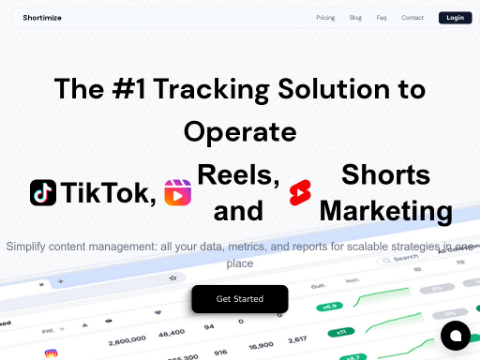Tesla recently released a new video of its Optimus humanoid robot, showcasing significant advancements in autonomous navigation and human-machine interaction. This release follows the company's recent "We, Robot" event, where CEO Elon Musk hinted that Optimus could become Tesla's flagship product.
In the video, Optimus demonstrates its autonomous navigation capabilities within a factory setting, effortlessly avoiding obstacles and personnel, and even climbing stairs. Tesla stated that these abilities are powered by the robot's built-in neural networks, which capture and analyze visual information from the environment. Similar to Tesla's autonomous vehicles, multiple Optimus robots can share this environmental data to collectively build a comprehensive understanding of their surroundings.
Another highlight of the demonstration is Optimus’s ability to autonomously locate and dock with a charging station. Using only its rear camera, the robot can accurately align and begin charging without human intervention. This self-sufficiency marks a significant step forward in Optimus’s practical applications.
Optimus's strength and flexibility have also been notably enhanced. The video showcases its ability to position, lift, and carry a battery tray weighing approximately 11 kilograms. Additionally, the robot is equipped with upgraded hand mechanisms featuring 22 degrees of freedom, enabling it to perform more precise, human-like fine motor operations and grasping tasks.
In terms of human-machine interaction, Optimus has made substantial progress. In the video, Optimus is able to distribute snacks, perform high-fives with humans, and respond to gestures and commands in real-time. Tesla pointed out that these interactive features are driven by a single neural network running on the robot's integrated computer, allowing it to respond to voice commands and gestures instantaneously.
During the development of Optimus, Tesla heavily leveraged its Autopilot technology from its autonomous vehicles. The company utilized similar neural network architectures and hardware components, including AI accelerators used in their cars, to power Optimus. Tesla's visual perception system, Tesla Vision, was also adapted to aid Optimus's navigation, further accelerating its development process. Tesla emphasized that their strategy of hardware versatility is proving effective, enabling the robot's functionalities to iterate rapidly and scale cost-effectively.
It is noteworthy that the video did not clearly specify whether Optimus navigated this space without any prior experience or by sharing data from other robots. Nevertheless, the progress achieved by Optimus is evident, and the demonstration is highly convincing.
As Tesla continues to advance the development of Optimus, the company is leveraging synergies with its automotive technology to accelerate progress. The capabilities demonstrated in the video significantly surpass remote application technologies, positioning Optimus alongside robots like Atlas, Figure 02, and Apollo. Tesla acknowledges that much work remains ahead, but the path towards a versatile, autonomous humanoid robot is becoming increasingly clear.








